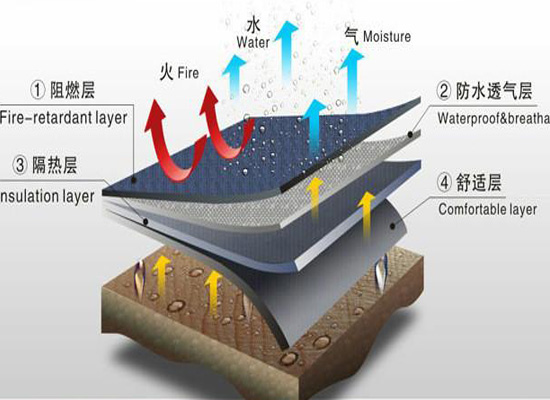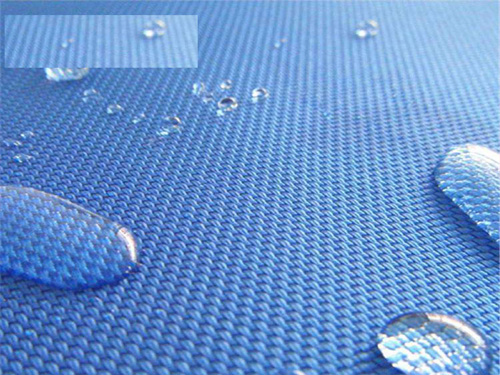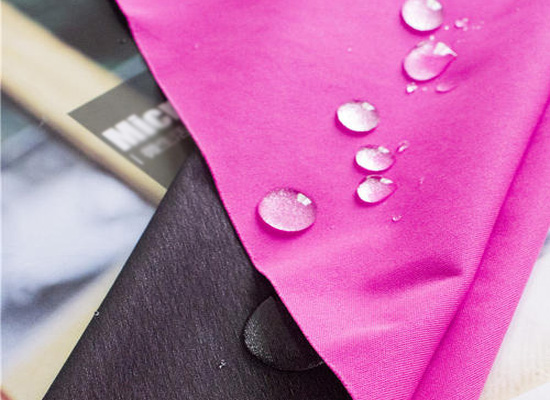What are the characteristics of flame retardant fabrics?
What are the characteristics of Flame retardant fabric?

Characteristics of flame retardant fabrics
Flame retardant fabric is a special fabric that can delay the burning of flames. It does not mean that it will not burn when in contact with fire, but it can extinguish itself after isolating the fire source. Generally divided into two categories, one is the fabric that has been processed to make it flame retardant, such as polyester, pure cotton, polyester cotton, etc.; the other is the fabric itself that is flame retardant, such as aramid, nitrile cotton, DuPont Kevlar, Nomex, Australian PR97, etc. According to whether it has flame retardant function after washing, it can be divided into washable, semi-washable, disposable and permanent flame retardant fabrics.
Polyester flame retardant fabric

Finished with a new ATP flame retardant, it has the characteristics of water resistance, excellent flame retardant effect, good hand feel, non-toxic and safe. This product does not contain halogen and complies with ecological and environmental protection requirements. Its main technical indicators are at the international level. The flame retardant index of polyester flame retardant fabrics can reach national standard B2 or above. It can be washed more than 30 times.
Pure cotton flame retardant fabric
Finished with a new type of CP flame retardant, it has the characteristics of water absorption resistance, good flame retardant effect, good hand feel, non-toxic and safe. This product complies with ecological and environmental protection requirements, and its main technical indicators are at the domestic level. The flame retardant index of polyester flame retardant fabrics can reach national standard B2 or above. It can be washed more than 20 times.
The future development trend of flame retardant fabrics

With the continuous improvement of people’s living and environmental conditions in our country, people have higher and higher requirements for the performance of flame-retardant textiles. At present, most flame-retardant fibers or fabrics only have flame-retardant properties and cannot meet the special requirements of some departments, such as flame-retardant and water-repellent, flame-retardant and oil-repellent, flame-retardant and antistatic. It is imperative to develop flame-retardant multi-functional products.
For example, various forms of production methods are combined to treat flame-retardant fiber fabrics with waterproof and oil-repellent treatments; flame-retardant fiber yarns are interwoven with conductive fibers to produce antistatic flame-retardant fibers; flame-retardant fibers and high-performance fibers are used Blended and interwoven to produce high-temperature-resistant fabrics; flame-retardant fibers are blended with fibers such as cotton, viscose, etc. to improve the comfort of the final product and reduce costs.
At the same time, we are developing flame retardants that are efficient, non-toxic and have little impact on material properties. This leads to the development of reactive flame retardants and the development of additive flame retardants with better compatibility; the development of flame retardants with synergistic effects, such as phosphorus, nitrogen, and bromine in molecules or intermolecular combinations; the development of flame retardants with A series of flame retardants for different application ranges, etc. These will be the trends and directions of future development.







